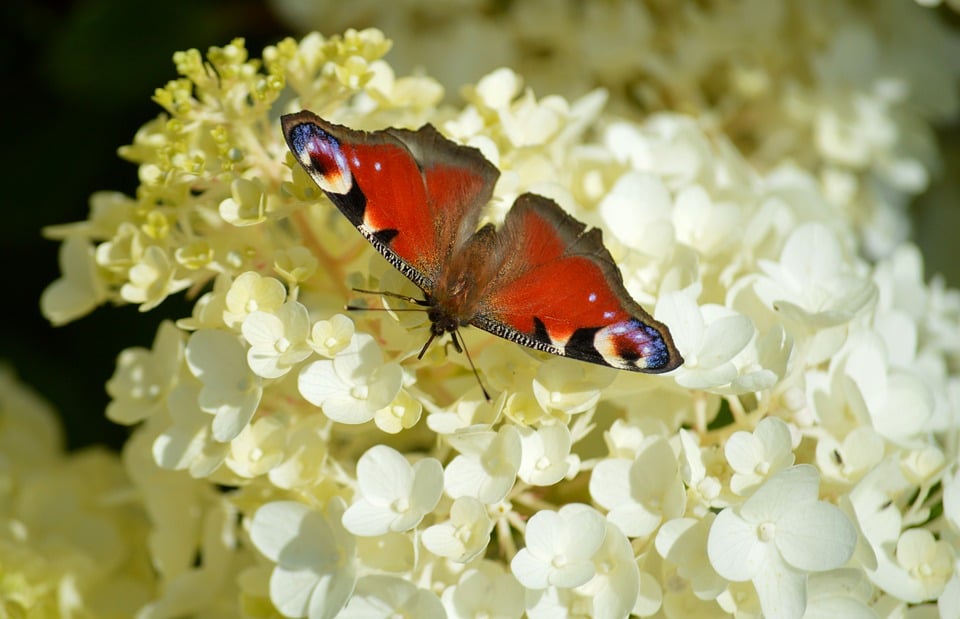Plastic pollution has become one of the most pressing environmental issues of our time, with devastating consequences for our oceans and wildlife. As our society continues to rely heavily on plastic materials for convenience and durability, the problem of plastic pollution has escalated to a global crisis. In this article, we will delve into the growing threat of plastic pollution, exploring its impact on our oceans and wildlife, highlighting key issues, and discussing potential solutions.
Historical Context of Plastic Pollution
Plastic production first began in the early 20th century, and since then, the use of plastic materials has become ubiquitous in our daily lives. However, the durability and longevity of plastic materials have also led to widespread environmental pollution. As plastic waste accumulates in our landfills and oceans, it poses a significant threat to marine life and ecosystems.
Key points:
- The invention of synthetic plastics in the early 1900s revolutionized industrial production.
- The rise of single-use plastics in the mid-20th century has contributed to the current crisis.
- Plastic pollution has been recognized as a major environmental issue since the 1970s.
Current State of Plastic Pollution
Today, plastic pollution has reached unprecedented levels, with an estimated 8 million tons of plastic waste entering our oceans every year. This waste not only degrades marine habitats but also poses a serious threat to marine animals through ingestion and entanglement. From whales and dolphins to seabirds and turtles, marine wildlife is suffering as a result of our plastic consumption.
Key points:
- The Great Pacific Garbage Patch, a massive accumulation of plastic waste in the Pacific Ocean, is a stark reminder of the scale of the problem.
- Microplastics, tiny fragments of plastic less than 5mm in size, are ubiquitous in our oceans and have been found in marine organisms and even in our food chain.
- Plastic pollution has been linked to a range of negative impacts on marine ecosystems, including habitat destruction and the introduction of toxins into the food chain.
Future Predictions and Solutions
Looking ahead, the future of our oceans and wildlife is at risk unless decisive action is taken to address the issue of plastic pollution. Governments, industries, and individuals all have a role to play in reducing our reliance on plastic materials and implementing sustainable waste management practices. From bans on single-use plastics to the promotion of recycling and waste reduction initiatives, there are a range of solutions that can help mitigate the impact of plastic pollution on our environment.
Key points:
- The development of biodegradable and compostable plastics offers potential alternatives to traditional plastics.
- International agreements, such as the Basel Convention on the Control of Transboundary Movements of Hazardous Wastes and Their Disposal, aim to address the global issue of plastic pollution.
- Consumer education and engagement are essential in driving behavioral change and promoting sustainable practices.
Conclusion
In conclusion, plastic pollution poses a grave threat to our oceans and wildlife, with far-reaching consequences for the health of our planet. By raising awareness of the issue, advocating for policy changes, and taking action at the individual level, we can all contribute to reducing the impact of plastic pollution on our environment. Together, we can work towards a cleaner, healthier future for our oceans and wildlife. Thank you for reading and for your commitment to making a difference.
For further reading on the topic of plastic pollution and its impact on our oceans and wildlife, we recommend the following resources:
- "Plastic Ocean" documentary by Craig Leeson
- "The Story of Stuff" by Annie Leonard
- Plastic Pollution Coalition website for advocacy and action opportunities
Together, we can make a difference in combating plastic pollution and protecting our precious natural resources for future generations.









